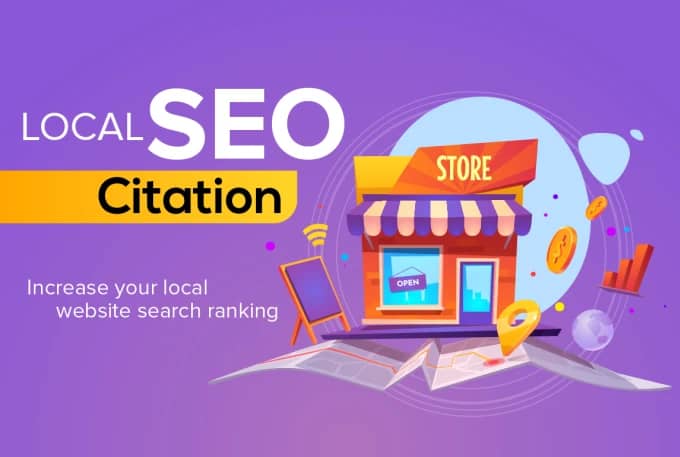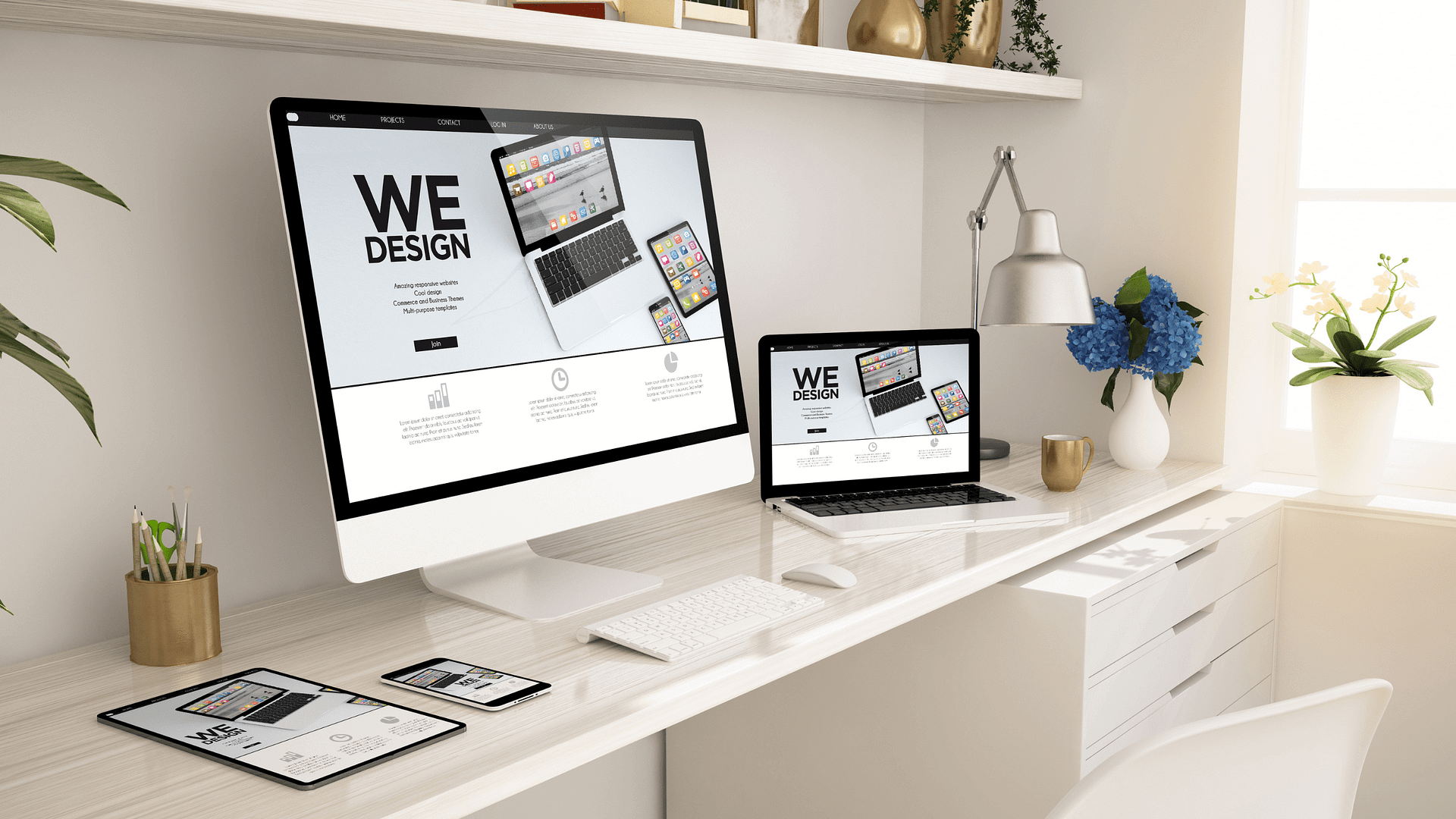Information Architecture
Information architecture (IA) is a crucial discipline within web design that focuses on organizing, structuring, and presenting content on a website in a clear and logical manner. The goal of information architecture is to facilitate user navigation, enhance findability, and ensure that visitors can easily access the information they seek. By creating a well-thought-out information architecture, designers can improve the overall user experience and make the website more user-friendly.
Importance of Information Architecture
- User-Centric Approach: Information architecture puts users at the center of the design process. By understanding users’ mental models and information needs, designers can create intuitive and user-friendly website structures.
- Efficient Navigation: A well-organized information architecture streamlines navigation, making it easier for users to move through the website and find relevant content quickly.
- Improved Usability: When information is logically categorized and labeled, users can easily understand the website’s structure, reducing confusion and frustration.
- Scalability: Effective information architecture allows websites to scale and accommodate future growth without losing usability or becoming cluttered.
- Consistency: A consistent information architecture ensures that the website’s structure remains coherent across different pages and sections, enhancing the overall user experience.
Key Elements of Information Architecture
- Site Mapping: Site mapping involves creating a visual representation of the website’s structure, including main sections, subsections, and their relationships. This map serves as a blueprint for organizing content.
- Card Sorting: Card sorting is a user-centered technique where users categorize and organize content into groups, providing valuable insights into how users naturally perceive information groupings.
- Taxonomy Design: Taxonomy refers to the hierarchical classification of content based on topics, categories, or themes. A well-designed taxonomy helps users understand the relationships between different pieces of content.
- Navigational Structure: The navigational structure dictates how users move through the website. It includes menus, breadcrumbs, and other navigation elements that guide users to different sections.
- User Flows: User flows represent the paths users take to complete specific tasks or reach particular content. Understanding user flows helps designers optimize the journey and minimize friction.
Tips for Effective Information Architecture
- User Research: Conduct user research to understand the target audience, their information needs, and how they expect the content to be organized.
- Prioritize Content: Arrange content based on its importance and relevance. Highlight essential information prominently and consider grouping related content together.
- Simple Language: Use clear and straightforward language for labeling categories and navigation elements to avoid confusion.
- Limit Depth: Avoid creating overly deep website structures as it can make navigation challenging. Aim for a shallow and easily accessible hierarchy.
- Consistent Labels: Use consistent and familiar labels for navigation elements throughout the website to create a predictable user experience.
- Test and Iterate: Continuously test the information architecture with real users and gather feedback to make iterative improvements.
Enhancing User Experience through Information Architecture
Effective information architecture is a cornerstone of successful web design. By organizing content in a logical and user-friendly manner, designers can create websites that empower users to find information effortlessly, encouraging longer engagement and positive interactions. Taking the time to build a well-structured information architecture ultimately leads to a more enjoyable and rewarding user experience.










